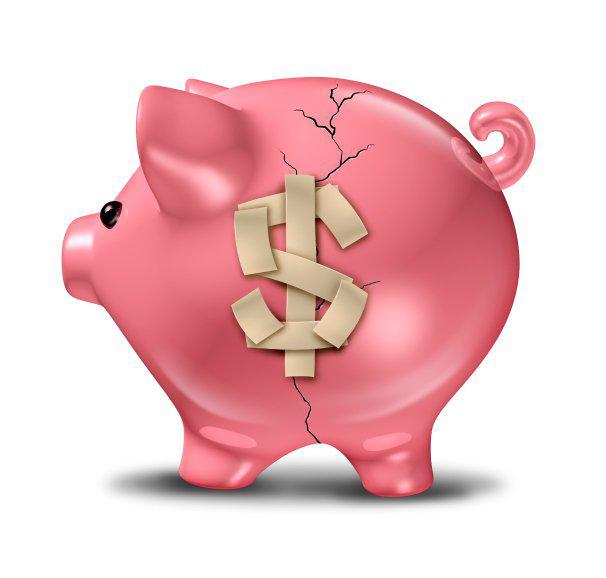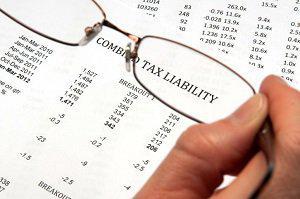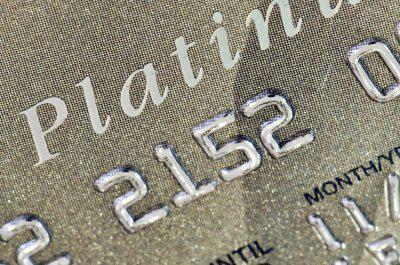Recent Blog Posts
Chapter 7 and Chapter 13--Exempt and Not Exempt Assets
Most of the time everything you own is exempt, meaning it’s protected in a Chapter 7 bankruptcy. If not, Chapter 13 can usually protect it.
Our last blog post was about keeping or surrendering assets which are security on a secured debt—such as a vehicle on a vehicle loan, a home with a home mortgage, or a household appliance on a secured store credit card or contract.
Today we discuss protecting assets that are not encumbered by any debt. So these assets cannot be repossessed by any secured creditor. However, your creditors would have a right to even these unencumbered assets if an asset is not “exempt.”
Here’s what property exemptions are and how they protect you under a Chapter 7 “straight bankruptcy” and under a Chapter 13 “adjustment of debts.”
The Simple Principle
Choosing between Chapter 7 and 13 on the specific issue of protecting your possessions is based on a very straightforward principle. If everything you own and want to keep fits within the property exemptions that are available to you, you can file a Chapter 7 case and keep everything; otherwise you need the extra help of a Chapter 13 case.
Chapter 7 and Chapter 13--Encumbered Assets
Some of the assets you may want to protect in a bankruptcy case are those that are security for debts.
Collateral and Other Security on Secured Debts
Everything you own is either legally encumbered by a debt or is yours free and clear of any debt.
Possessions which are encumbered by a debt can be encumbered voluntarily, such as when you buy on credit. You buy a vehicle and give the vehicle loan creditor a lien on the title. You buy a home and the mortgage lender gets a mortgage on the home. You buy an appliance and give back a security interest in what you bought to the store or finance company.
Or you can already own something and you borrow money on it, like a second mortgage, or when you take out a personal loan and provide collateral for it.
Possessions can also be encumbered involuntarily. An income tax lien on everything you own and a judgment lien on the title of your home are examples.
Mistakes to Avoid--Selling Your Home without First Stripping the Second Mortgage
Selling Your Home without First Stripping the Second Mortgage
One way that bankruptcy—Chapter 13 in particular—could save you a tremendous amount of money is with a second (or third) mortgage strip.
If you have serious financial pressures inducing you to sell your home, is it partly because of your second (or third) mortgage? Would you it help if you did not have to make that payment anymore? Would you be able to keep your home, maybe even permanently, if you could stop paying that second or third mortgage (or both) and also get relief on your other debts?
If your home is worth no more than what you owe on your first mortgage, that is what the Chapter 13 “adjustment of debts” version of bankruptcy could accomplish for you. That and get you much closer to building equity in your home again.
Secured vs. Unsecured Debts
Debts are either secured by something you own or they are unsecured. Secured debt includes your vehicle loan, contract purchases of furniture and appliances, sometimes secured credit cards, as well as various kinds of debts secured by your home. Debts secured by your home can include not only first, second and third mortgages, but also any property taxes you owe (almost always the first debt against your home’s title, even ahead of your mortgage), sometimes debts to a homeowner’s association, income tax and child/spousal support liens, sometimes judgment and utility liens, and possibly construction liens for any home renovation or repairs.
Mistakes to Avoid: Paying a Favored Creditor Before Filing Bankruptcy
Doing what you believe is the right thing can backfire, if you pay a special creditor before you file bankruptcy.
“Preference” Payments
Bankruptcy law focuses for most purposes on what you own and who you owe at the moment your bankruptcy case is filed. But there are some limited yet potentially dangerous ways that the law can look into the past. “Preference” payments are one example.
Here’s what the law says. If during the one year before you file a bankruptcy case, you pay one creditor more than you are paying at that time to your other creditors, then after you file bankruptcy that favored creditor could be required to pay back the money you’d paid, not back to you but rather to your bankruptcy trustee, for distribution to all of your creditors.
For example, if you received an income tax refund and used $1,500 of it to pay off a debt to your brother, and then six months later you filed a bankruptcy case, your brother could be required to pay that $1,500 to the trustee. The trustee would then divvy up the $1,500 among your creditors as prescribed by law. Your brother would likely get just a tiny portion of that money, based on his pro rata share of all your debts.
How to Determine Eligibility for Chapter 13 Bankruptcy
 For most people who file bankruptcy, the process is very unfamiliar. Many filers focus on the negative aspects of bankruptcy: its effects on credit, potential loss of assets, and others. What is important to understand, however, is that bankruptcy is not financial suicide; it is an opportunity to save your home, reduce monthly payments, and end harassment from creditors.
For most people who file bankruptcy, the process is very unfamiliar. Many filers focus on the negative aspects of bankruptcy: its effects on credit, potential loss of assets, and others. What is important to understand, however, is that bankruptcy is not financial suicide; it is an opportunity to save your home, reduce monthly payments, and end harassment from creditors.
Unlike Chapter 7 bankruptcy, which involves the liquidation of assets to pay off debts, Chapter 13 involves the restructuring of debt. The debtor pays “priority debts” first. These include taxes, alimony, child support and any owed wages. After these, car loans and mortgages are usually next. These debts are scheduled into an approved payment plan that takes income and overall debt into account.
Unsecured debts, such as credit cards or medical bills, are often handled last. Depending on whether these can be paid in full, there may be restructuring options available.
What is a Chapter 20 Bankruptcy?
 A Chapter 7 bankruptcy is a common form of bankruptcy because it excuses the filer from all eligible debts. It is commonly referred to as a liquidation bankruptcy because debts are eliminated by the sale of property and other assets. Creditors are repaid through the proceeds of those transactions.
A Chapter 7 bankruptcy is a common form of bankruptcy because it excuses the filer from all eligible debts. It is commonly referred to as a liquidation bankruptcy because debts are eliminated by the sale of property and other assets. Creditors are repaid through the proceeds of those transactions.
A Chapter 13 is also called the wage-earner’s bankruptcy. If someone is earning an income but cannot keep up with past due payments, then a Chapter 13 bankruptcy can give them time to pay those debts. There is a repayment plan that last from three to five years and is based on each person’s income.
Occasionally there are cases when nether Chapter of bankruptcy is appropriate. While a Chapter 20 bankruptcy is not a term found in the bankruptcy code, it is a common strategy to get a fresh start. It is the process of filing two bankruptcies right after each other to resolve difficult financial situations. The approach is filing for Chapter 7 protection and then for Chapter 13.
What Does an IRS Tax Levy Mean in Texas?
 Since the economy has taken a turn for the worse, the IRS has be relatively aggressive in coming after income tax debt. If you are being contacted by the IRS about existing tax debt and you are feeling overwhelmed with your finances, you need the advice of a San Antonio bankruptcy attorney.
Since the economy has taken a turn for the worse, the IRS has be relatively aggressive in coming after income tax debt. If you are being contacted by the IRS about existing tax debt and you are feeling overwhelmed with your finances, you need the advice of a San Antonio bankruptcy attorney.
The IRS can use levies to pay your taxes if you do not make payments or arrangements for payments to cover a tax debt. The IRS can take and sell any type of personal property that you own or have interest in. This includes the cash loan value of your life insurance policy, commissions, your wages, bank accounts, licenses, rental income, dividends, and retirement accounts. The IRS may also seize and sell property such as houses, boats or cars.
The tax levy can be completed after the IRS assessed the tax and provided you with a Notice and Demand for Payment, you refused to pay the tax or ignored the notice, and you received a "Final Notice of Intent to Levy and Notice of Your Right to a Hearing." Generally, you will receive this last piece of information about 30 days before the levy. Taxes are extremely complicated and contacting the IRS may not clear up your questions. This is a sign to reach out to a bankruptcy lawyer.
Bankruptcy May Be Better Than Consolidation
Debt consolidation has long been hailed as an alternative to bankruptcy. Consolidating debt can make large debts manageable, enabling the debtor to wrap his head around the money that he owes and conceive of a plan to pay it off. Yet lately many debt consolidation companies have come under fire for shady practices, meaning that in the end of the day, it might be better to file bankruptcy. According to US News and World Report, “debt consolidation loans are like a politician during an election year—they make a lot of promises, but don’t always deliver.” Some of these promises include (but are not limited to): convenience, lower interest rates, and lower monthly payments. Yet most debt consolidation companies fail to mention that many plans leave debtors with “high fees, greater debt and potentially more interest payments,” according to US News and World Report. 






